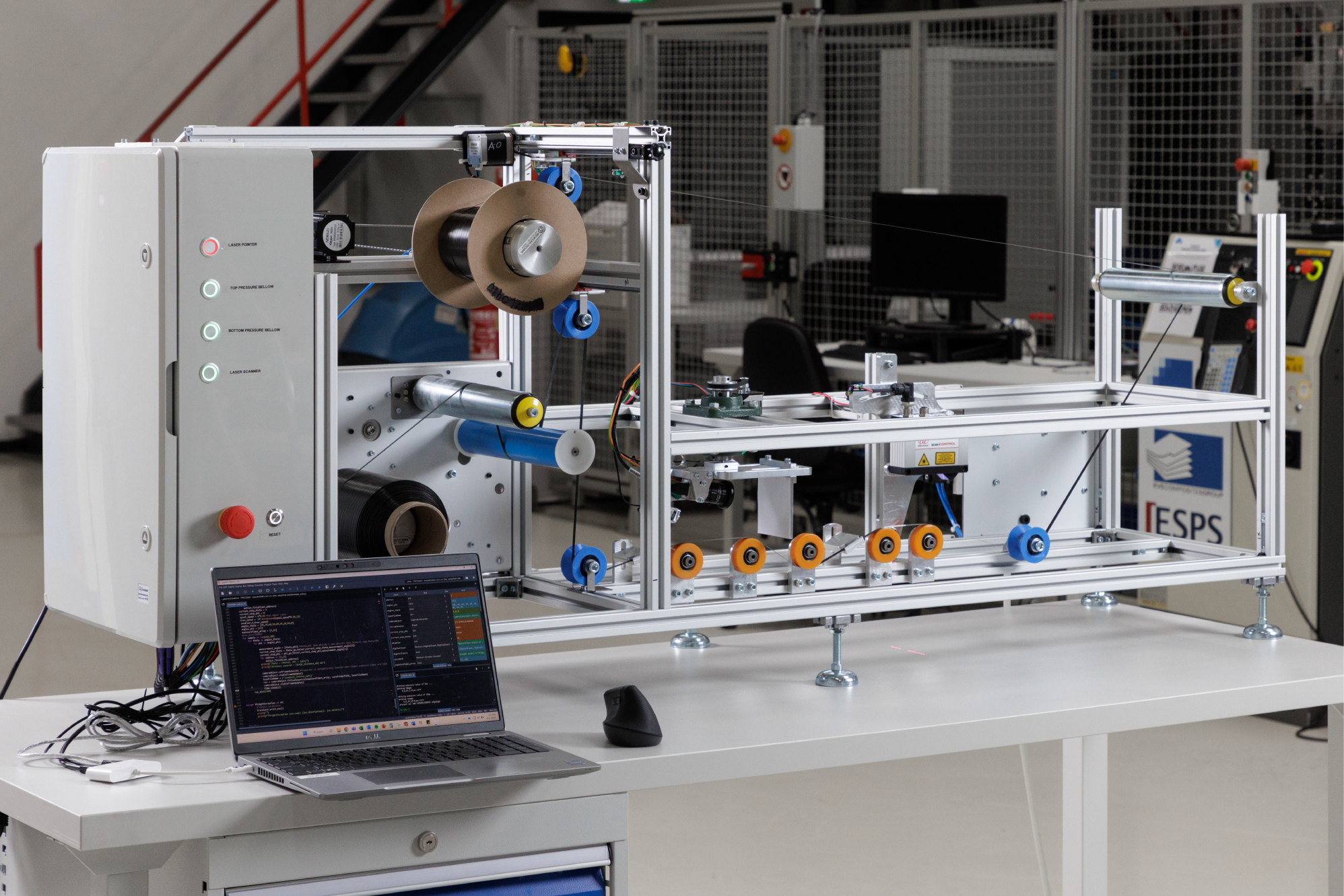Performance of thermoplastic composites
Thermoplastic composite materials undergo various production steps before entering into service as a final part. The processing history may affect the part performance as well as the conditions experienced during the lifetime of the application. Knowing how process-induced defects influence the performance is key to the most efficient and cost-effective design.

Defect-free manufacturing
Understanding the occurrence of defects helps to prevent them. However, some defects cannot be avoided, and knowing their impact on the performance of thermoplastic composite parts extends their application window. To this end, the TPRC performs an effects-of-defects study:
- Identification of defects, causes of (out-of-) autoclave consolidation, forming, fiber placement
- Determination of knock-down factors for critical loading cases
- Predictive modeling of defect creation
- Material characterization
Link: Publication on the origins of fiber waviness during C/PEEK laminate consolidation
Link: PhD Thesis on the formation of fiber waviness during thermoplastic composite laminate consolidation
Link: PhD Thesis on the effect of in-plane waviness defects on compressive failure of TPC laminates

Material characterization and test procedure development
New processes specific to thermoplastic composites, like injection overmolding, require new test methodologies to assess the material performance. The TPRC addresses:
- Static, creep and fatigue strength of overmolded structures
- Fracture toughness of fiber-placed thermoplastic tapes
- Bond strength measurement of polymer-metal hybrid joints
- Performance of welded joints







